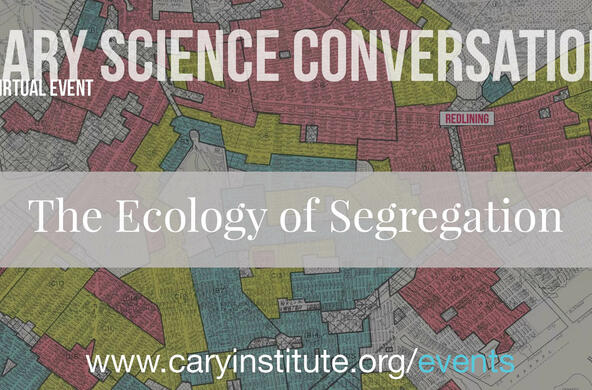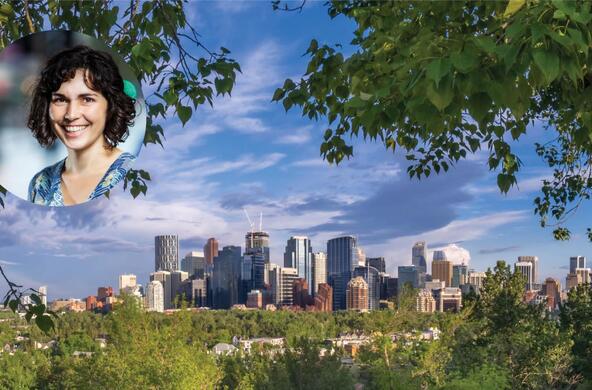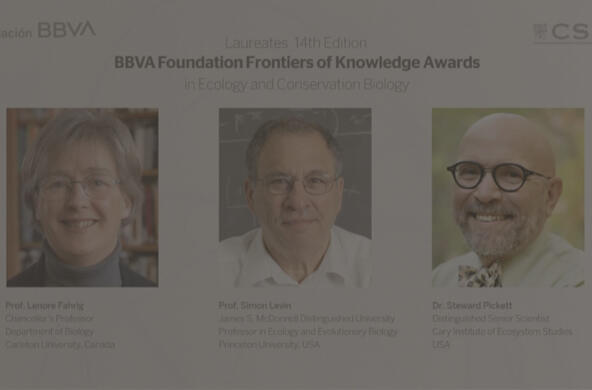When I was 13 years old, and supportive adults asked what I wanted to be when I grew up, I would enthusiastically blurt out, "I want to be an ecologist!"
More often than not, my answer was met with a blank expression. At that time, few people outside the discipline knew what ecology was. I quickly learned to not only tell people that I wanted to be an ecologist, but to immediately follow up with a definition.
Earth Day soon robbed me of my private knowledge. Almost instantly everybody knew — or thought they knew — what ecology was. It was picking up tin cans, right? Recycling, or marching to protest pollution, or joining an environmental organization to promote conservation.
Well, the science of ecology did then and still continues to inform those activities, and it suggests those social actions have benefits to the environment and to people. But the common perception of ecologists as tree-hugging activists leaves the public without an understanding of the depth and history of the science of ecology.
Ecology was invented as a science about 140 years ago, at a time when biology was focused on the individual organism. The physiology and anatomy of plants and animals and their classification were the hot sciences of the day.
A German physiologist, Ernst Haeckel, decided it would be a good idea to understand organisms in the context of their natural surroundings, rather than only as isolated subjects in the lab or on the dissecting tray. So he introduced the idea of a science of the relationship of organisms to their environment.
From the perspective of an individual plant or animal, the environment includes the soils, water, air, weather, nutrients and prey organisms.
It also means the other organisms with which the creature you are studying interacts — be they predators, competitors or cooperators. Each organism is nested within a complex web of interactions with its surroundings and the other creatures that live or pass through its area.
This idea served ecology well for a long time. But by the end of the 20th century, it was possible and necessary to define ecology more broadly.
Now, ecology can be defined as the scientific study of the processes that influence the distribution and abundance of organisms, the interactions among organisms, and the interactions between organisms and the physical world around them.
Which brings us to the ecosystem, one of the most central concepts in the science of ecology.
An ecosystem is an area in which the organisms and the physical features and conditions interact with one another.
These organisms include the large and obvious plants and animals that live in an area — the great charismatic mammals such as polar bears, or towering trees such as redwoods.
Humans are organisms. Ecology reminds us that it is not only the obvious or attractive creatures that are ultimately important to us.
Insects, spiders, fungi, ferns, bacteria and wildflowers are as much a part of the organismal complex as are the giant oak trees and grazing deer.
The important thing about an ecosystem is that there are interactions between its physical and the biological components.
Plants and microbes take up nutrients and deposit materials they cannot use. That creates new chemicals that may become nutrients for another group of organisms.
Some of these chemicals are lost from the ecosystem, and some are converted to forms very difficult for other organisms to use.
This last conversion is why some organic matter accumulates in the soil. Feedbacks between organisms and the environment in an ecosystem are key to understanding how ecosystems are maintained or change through time.
We think of ecosystems as being natural areas: Forests, deserts, rivers, salt marshes. But urban areas are also ecosystems, because they contain biological complexes, physical complexes and the associated physical environments.
Remembering that our cities and our neighborhoods are ecosystems helps remind us that important biological processes are going on our yards, streetscapes, parks and local streams.
Ecological processes are also influenced by what's going on in our curbside gutters, storm sewers, vacant lots and malls.
Every place we live or manage is an ecosystem, and our decisions and actions determine how well those ecosystems function.






